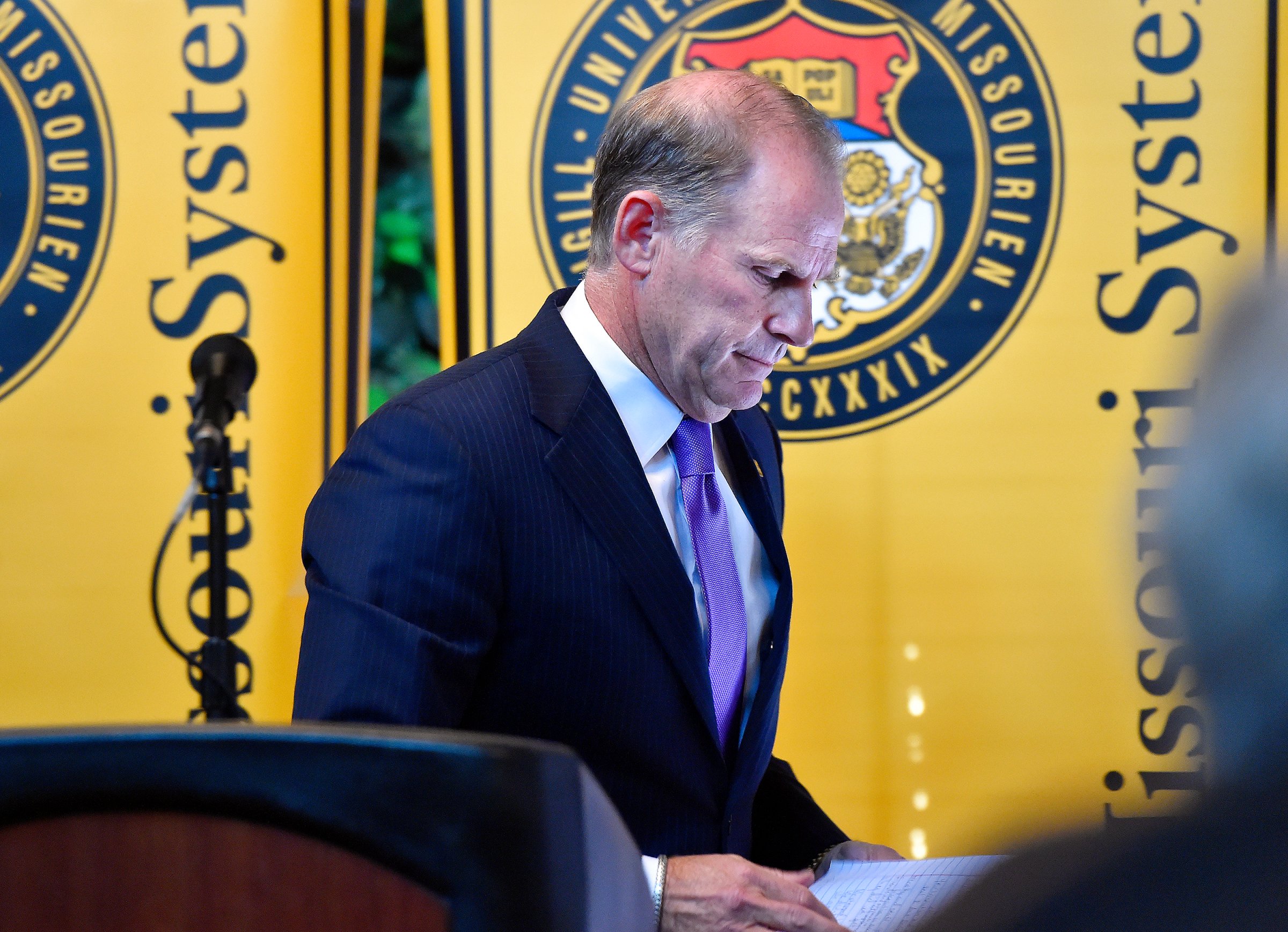
I still remember the pang of disappointment I felt during my senior year of college when our school president dismissed several questions about our segregated greek system. It was 2011, and I was the editor of the University of Alabama’s student newspaper, The Crimson White. We had just published a feature about white sororities at the school that regularly excluded black women. The president responded via email to several questions about black exclusion with this: “As independent social organizations, It is appropriate that all our sororities and fraternities – traditionally African American, traditionally white and multicultural – determine their membership.”
His statement was a deft dodge likely crafted by his PR reps and wholly unsatisfying to students struggling with racial issues. It’s the kind of response I have come to expect from giant corporations as a business reporter over the last few years. But when did talking to the leader of a place of higher learning become the same thing as sparring with an evasive CEO?
I felt frustrated as a journalist but also hurt as a 20-year-old black man still shaping his views about the world. I had come to Alabama as a high-achieving student and been met for the first time in my life with very real systemic barriers. Blacks, it seemed, weren’t supposed to join the richest, whitest fraternities and sororities, and they rarely held the highest positions in student government. If the president cared about these issues, he went to no great lengths to voice his concern publicly.
This was not just an issue of an administrator being wary of wrangling with the student press. The entire student body was treated to similarly curt responses to other racial incidents that year, delivered via email blasts. The same stock language was applied to a situation where a white fraternity member called a black student “n-gger” from the comfort of his on-campus frat house and another where someone chalked a person hanging from a noose on the side of a building. Tensions eventually boiled over, and hundreds of students staged a large protest pushing back against the idea that these were “isolated incidents.”
The story of Alabama four years ago feels painfully similar to the narrative at the University of Missouri in 2015, in which a string of racist incidents culminated in an explosive student protest. But there, threats to the school’s bottom line–a strike by some of the football team’s black players could have cost the school a $1 million forfeiture fee Nov. 14–led both the president and the chancellor to step down Nov. 9.
At the core of these conflicts is a disconnect between how students and administrators view the role of the president. To students the president is the moral center of a university, a person who should be accessible and responsive. Jonathan Butler, the graduate student whose hunger strike was at the center of the Missouri protests, called out school-system president Tim Wolfe for not meeting that expectation: “It’s time for someone who can help the university be financially stable but also make sure that we are an amazing experience for students of all identities,” he told the Washington Post.
Of course, Wolfe’s job, and the job of most university presidents at large universities, did not primarily revolve around interacting with students–they have many layers of deans, professors and other administrators for that. As the leader of Missouri’s four campuses, he was responsible for finding “more opportunities for efficiencies” and “investing in human capital, according to his biography. ” At Mizzou, he earned a salary of $459,000, in-line with the earnings of presidents at other public universities. Before entering higher education, he was an executive at IBM.
But students are not shareholders. They’re young adults, recruited to schools like Alabama and Missouri with the promise of a rich campus life, and the chance to challenge conventional wisdom. So it’s crushing when administrators respond to accusations of racism with emailed statements and distant promises of diversity initiatives. No one wants to see their personal pain reduced to a PR quagmire.
Will a new Missouri president be better? Alabama acknowledged the problems with its greek system in 2013 under a new president and now regularly admits black girls into white sororities, but racially charged incidents persist on campus. No college campus can be perfect, but new leadership at Mizzou may provide a blank slate to attempt to form a better university, which is an ideal all college students should be encouraged to strive towards.
Because of what happened at Missouri, students across the country are aware of their economic power, and they’re likely to flex it again. (Mizzou faced not only the million-dollar fine but potential donations if the school gained a stigma as being racist.) Being the president of a university just got a lot harder–but leaders ready to step up to the challenge can make being a college student just a bit easier.
More Must-Reads from TIME
- Donald Trump Is TIME's 2024 Person of the Year
- Why We Chose Trump as Person of the Year
- Is Intermittent Fasting Good or Bad for You?
- The 100 Must-Read Books of 2024
- The 20 Best Christmas TV Episodes
- Column: If Optimism Feels Ridiculous Now, Try Hope
- The Future of Climate Action Is Trade Policy
- Merle Bombardieri Is Helping People Make the Baby Decision
Contact us at letters@time.com